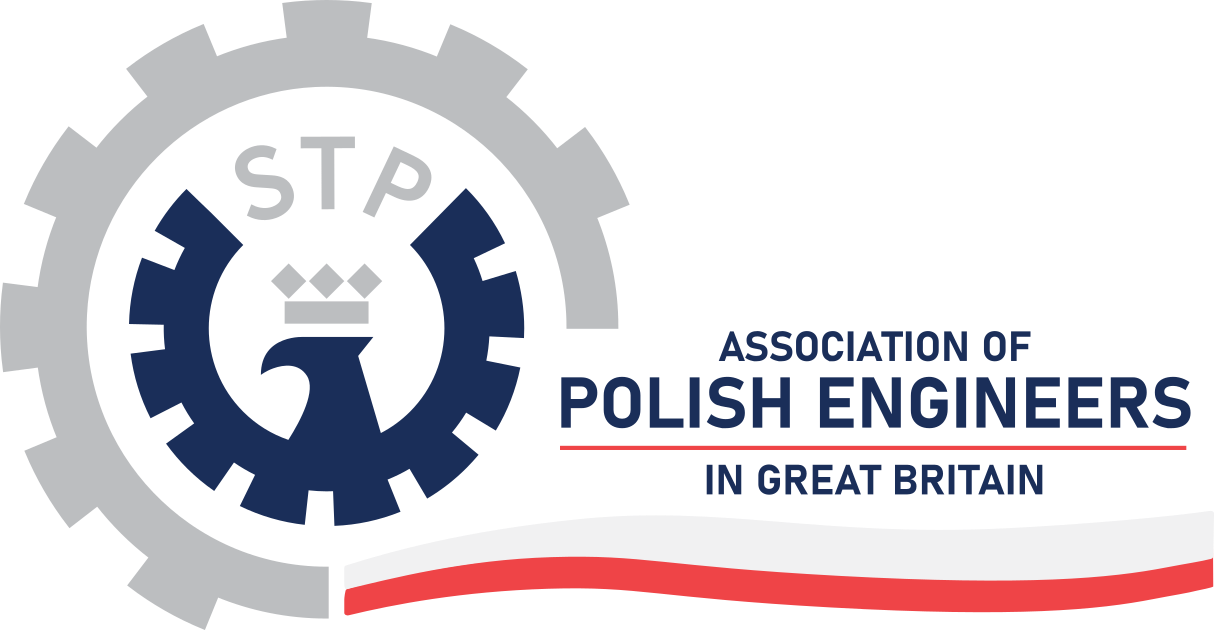7th September 1940
Founding Meeting – Polish Hearth Club in London – the first general meeting was held with the sound of sirens announcing bombing raids on London. The Association numbered 220 members.
1941-43
The number of members increases to 1000. There are 11 professional branches and the Association of Polish Electricians SARP, together with Polish Engineers’ Associations in Scotland and Teheran are formed. In 1945, soldiers of the Polish 2nd Corps formed a further Association of Polish Engineers in Rome. The total number of members increases to above 5100.
1945
2nd Corps soldiers form engineers Association in Rome. Total number of Institution members increases above 1500.
Main wartime accomplishments
- Bringing together of all technical forces working towards victory over Germany
- Polish Army Radio Workshop – ENIGMA
- New inventions and improvements to existing war equipment (mine detectors, anti-aircraft cannon “Polsten”, submarine detection, miniaturisation of radio, tank periscope, aircraft bomb ejectors, etc.)
- The founding and taking up of posts in; the Army Institute of Technology, Department of Technical Education of the Air Force Inspectorate, Bomb Disposal Engineers Research Department, the Centre for Group Technical Education, the Army Institute of Geography and the Polish Army Radio Workshop.
- More than 800 members of the Association worked in British industry and technical institutions.
In 1942, a new Constitution was drafted. In addition to war-related activities, the Association formed a new sub-committee whose task was to appraise issues relating to life in post-war Poland, including that of higher education. This is how the Council for Academic Higher Education – RAST was established, and the Polish Polytechnic was launched – with the faculties of mechanical, engineering, electrical, chemical, mining and steel, architecture and economics. Up to 1947, RAST issued 180 engineering diplomas. Thereafter, the Polish Polytechnic was transformed into the Polish University College Association Limited – PUCAL. By the end of its existence PUCAL had issued 750 diplomas.
In 1948 the Association, for formal reasons, transformed itself into The Institution of Polish Engineers in Great Britain and purchased, with the aid of funds provided by its members, its first headquarters; 148 Holland Road W14. “Engineer House” was home to all the professional sections together the administration of the Institution until 1953. The wartime and post-war period was also the time of defining the Institution’s mission statement, which has for the most part, remained unchanged to this day.
